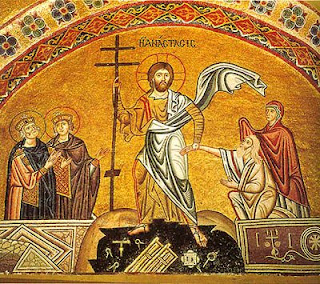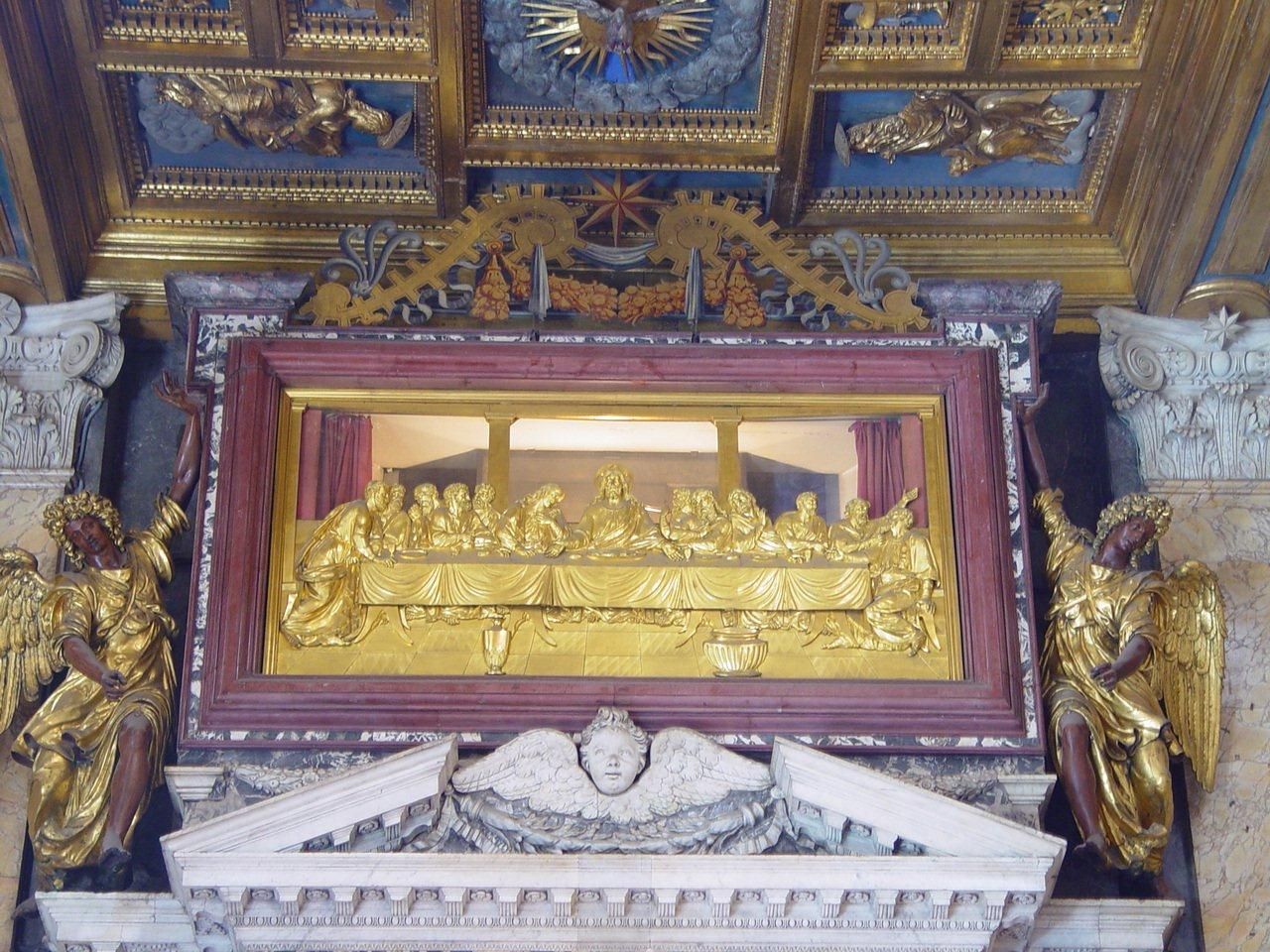The Joy of the Sons of the Resurrection: Blessed Schuster on Easter
The following text was originally written for Easter Sunday, but serves as a fitting meditation for the entire season of Paschaltide.
Easter Sunday1
Station at St Mary Major
Our Pasch
1. The Station is at St Mary Major, not too far from the Lateran, by reason of the weariness from the preceding vigil. The Gospel lesson is that of the pious ‘Myrrh-bearing’ women.
***
As the entire liturgical year finds its culmination and centre in the Paschal solemnity, so the entire ascetical life is a preparation for the Pasch of the soul, that is, for its resurrection in Christ. Spiritually, the sacrament of Baptism inserts us into this resurrection; the difficulty consists, however, in reviving it, on account of concupiscence and the passions; precisely as the Church has us say: ut paschalis participatio Sacramenti continua in nostris mentibus perseveret. (Postcommunion, Easter Tuesday: ‘So that the participation in the Paschal Sacrament may persevere effectively in our spirit.’)
This is why Saint Paul wrote to his neophytes: Si consurrexistis cum Christo, quae sursum sunt quaerite…quae sursum sunt sapite; non quae super terram. (Col 3:1-2: ‘If you are risen with Christ, be intent on the things above; have the taste for heavenly things, and not for earthly ones.’) The Apostle prefixes the hypothetical particle: si [if]. Our task should be that of removing it, and acting in such a way that our Christian life may have the holiness of a perpetual Pasch. This is why Jesus gives to Christians the beautiful title of Filii Resurrectionis [Sons of the Resurrection]. An ancient Paschal hymn concluded thus:
Praesta perpetuae gaudia Paschae,
Qui pascis propria carne redemptos
Qui ditas roseo Sanguine labra.(‘Grant us the joy of the eternal Pasch,
Thou Who dost feed the redeemed with Thy flesh,
And dost make our lips red with Thy rose-coloured Blood.’)
Today Saint Benedict, even in the Cave of Subiaco, thanks to a miracle, celebrated the Holy Pasch, and broke his fast.
At Monte Cassino, in 547, on the Day of the Pasch he descended into the peace of the tomb.
***
2. Ritually, in order to celebrate the Pasch, one must first have passed through Lent well. This is the reason why they are so few for whom the Pasch assumes that mystical significance which Saint Paul already attributes to it: Quae sursum sunt quaerite, quae sursum sunt sapite.
Today, one understands better what Saint Benedict preached at the beginning of Lent, exhorting us to live in joyous expectation and hope for this Pasch with Christ.
To the three Benedictine marks of the Lenten preparation:
a) spiritual desire,
b) joy,
c) glad expectation,
correspond three other characteristics of the Pasch of the soul, as Saint Paul would have it:
1) Death to the corruption of the world, and resurrection through Baptism. Si consurrexistis cum Christo.
2) Seeking after the things of heaven: Quae sursum sunt quaerite.
3) Insensibility for the joys of earth and taste for those of heaven. Quae sursum sunt quaerite, quae sursum sunt sapite, non quae super terram.
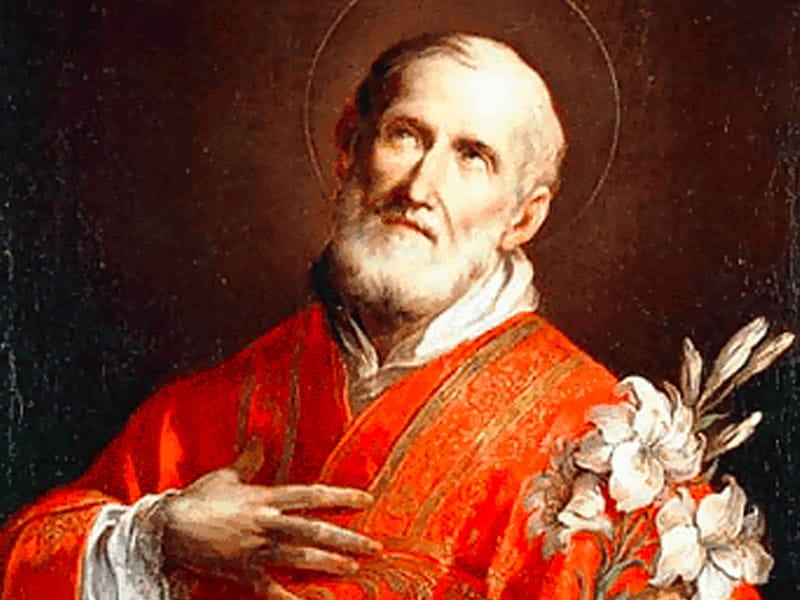
The saints are generally happy people. Saint Philip Neri, Saint Joseph Cottolengo, Saint John Bosco, the Venerable [Blessed] Placido Riccardi, Don [Saint Luigi] Orione, etc.: all glad souls, with a serene and smiling face. The reason? They are entirely crucified to themselves and dead to the world. They are sons of the resurrection, and they take part in its feast.
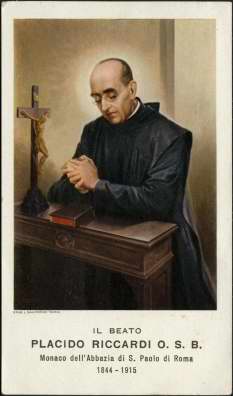
***
3. The Pasch signifies the going out from Egypt and the entrance into the Promised Land. One should not turn back again, to the region of the Pyramids and the Sphinx, where Pharaoh rules as tyrant, who condemns to death all the Israelite males.
This is the sense to be given to the words of Saint Benedict, when he says that the entire monastic life represents a Lenten journey towards the Pasch, that is, towards the Promised Land.
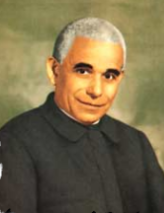
One would be in a fatal error should he think that at the Pasch it is licit to turn back and relax the vigilance, the fervour, and the purity of conscience reached thanks to the Lenten Exercises. Omni tempore vita monachi Quadragesimae debet observationem habere. (Rule, Ch. 49: ‘At every time the life of the monk should guard the Lenten observance.’)
Saint Leo the Great preached the same thing to his Romans.
Notwithstanding the rigour of this Christian and monastic asceticism, let us be on guard all the same against sprinkling it with a note of melacholy or sadness. This would be a bad sign. The work of the Paraclete is accompanied by the gaudium Sancti Spiritus mentioned both by the Apostle and by the Cassinese Patriarch [Saint Benedict]: Cum gaudio Sancti Spiritus…sanctum Pascha expectet. (Rule, Ch. 49: ‘Let him expect the Pasch with the joy of the Holy Spirit.’)
If this joy is not forbidden even in Lent, how much more ought it to accompany us during this sacred period of the Pasch!
1In Italian, Pasqua di Risurrezione, literally, ‘Pasch of the Resurrection’. The Italian Pasqua, like the Latin Pascha, refers to both the Jewish and the Christian Passover (i.e., Easter). In order to maintain these connotations, it has here generally been rendered simply as ‘Pasch’. ↩

